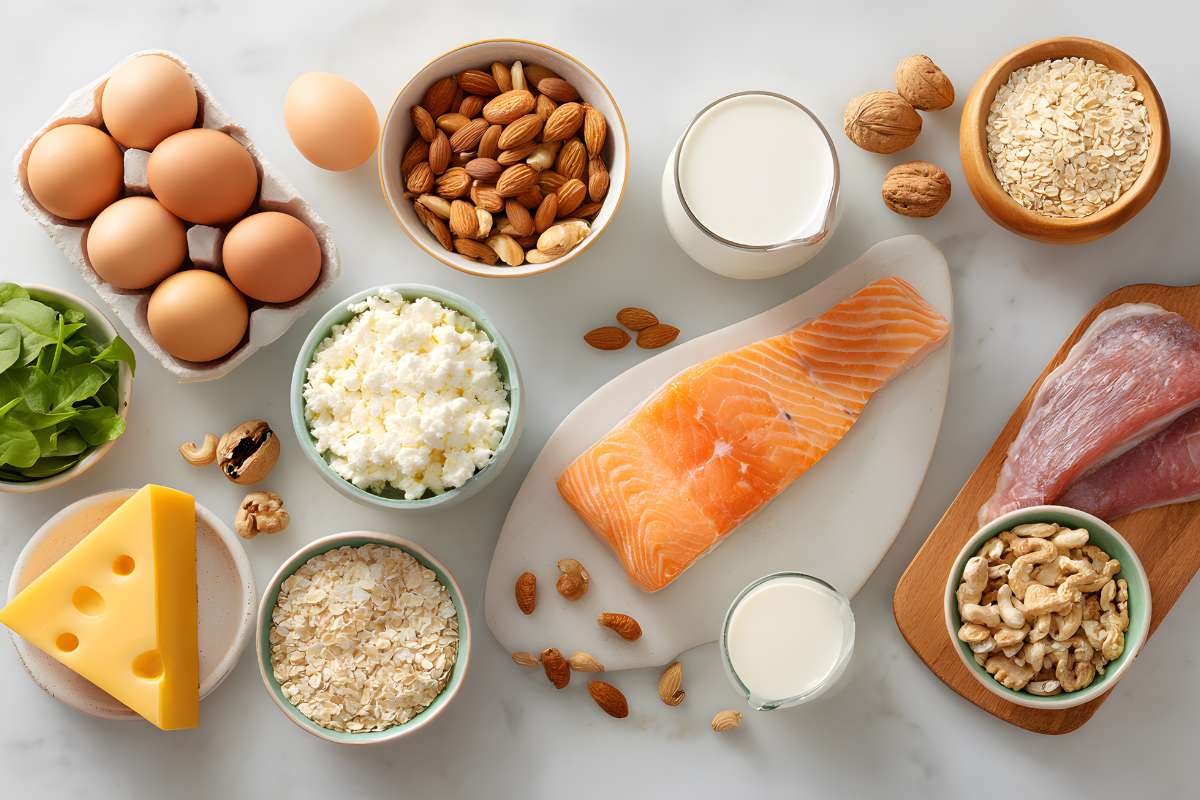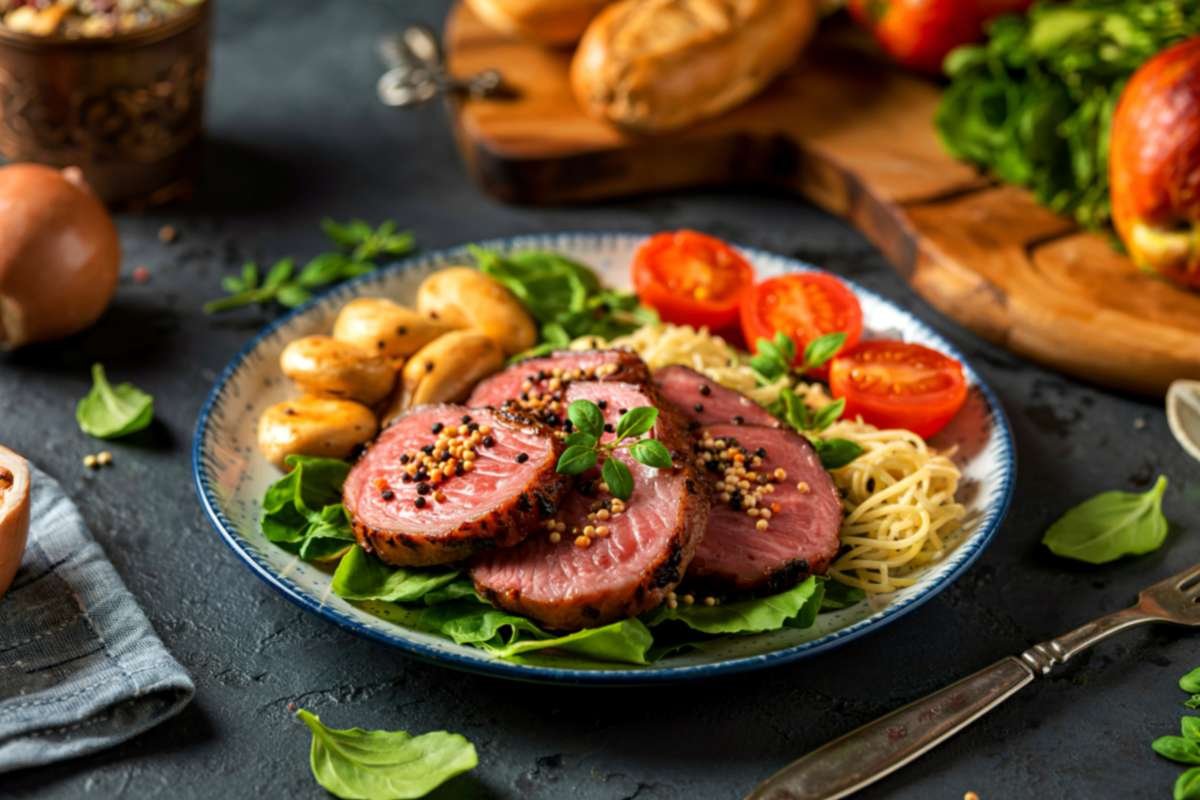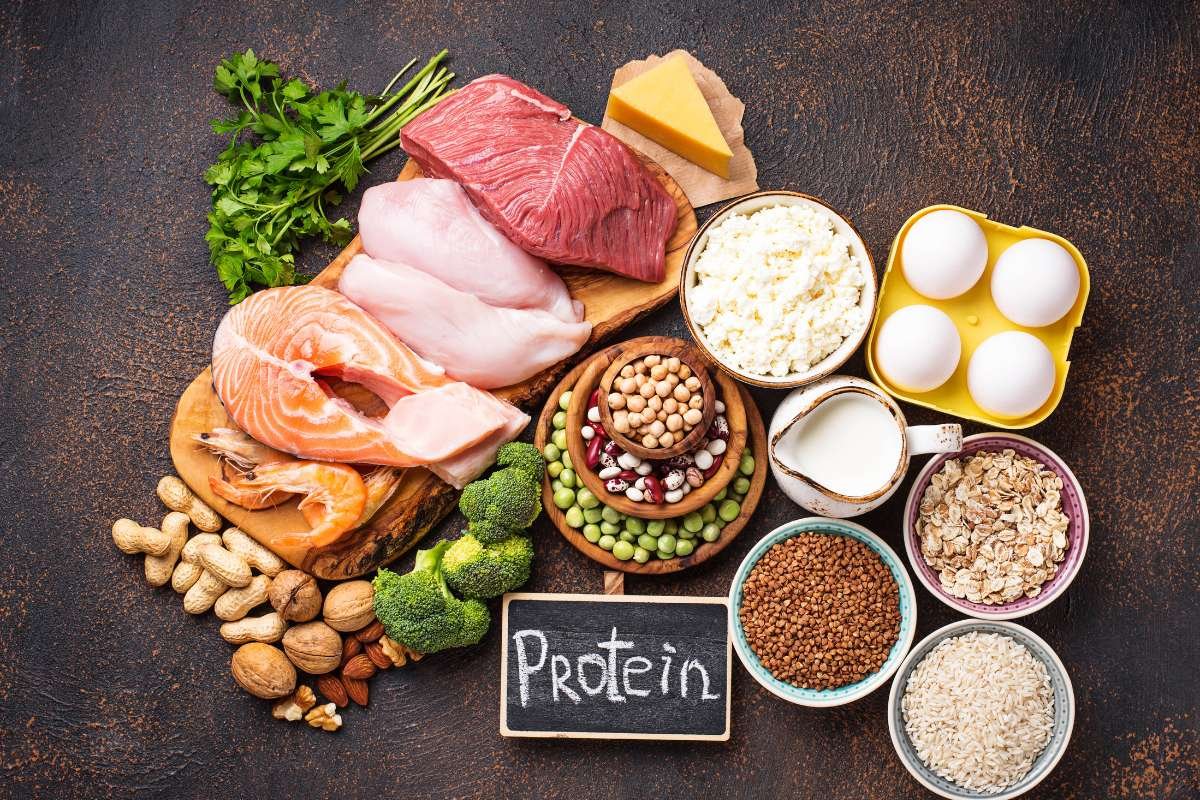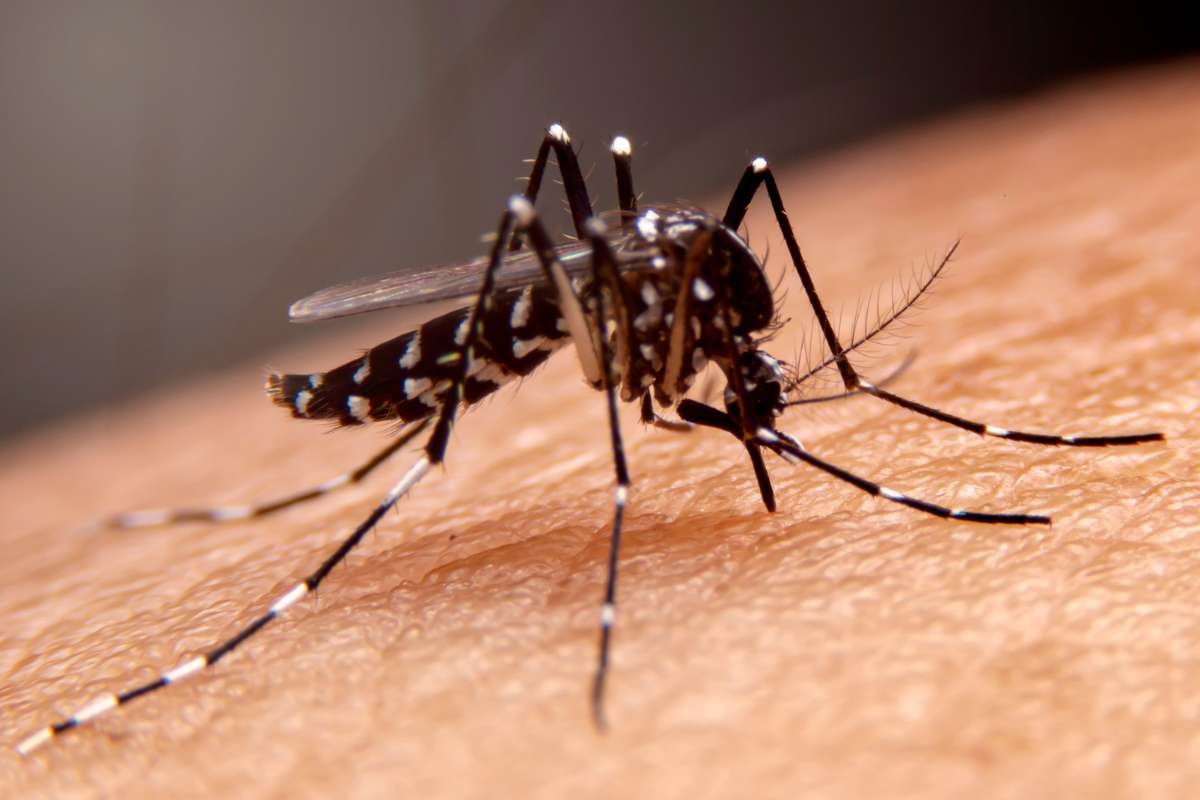Nutrition is crucial to reaching any fitness target, whether you want to build muscle, lose fat, or simply improve health. One of the most popular approaches to nutrition today is the High-Protein Diet Plan, which provides protein-rich foods while balancing carbs and fats to meet your body’s energy needs to aid recovery. This is not a fad diet that may provide quick results but is rarely sustainable. It is based on scientific thought and is recommended by athletes, bodybuilders, and health enthusiasts alike.
This article will explain the benefits of a high-protein diet plan and foods that can be consumed as part of the plan. Sample meal plans for a high protein diet, and tips for executing long-term.
Why Protein Matters?
Protein is one of the three macronutrients, alongside carbohydrates and fats, but it holds a special role in the body. It is the building block of muscles, bones, hormones, and enzymes. Every cell in your body contains protein, making it essential for repair and growth.
Here’s why prioritizing protein in your daily meals can be transformative:
- Muscle Growth and Repair: Protein supports lean muscle development, which is crucial after workouts or strength training.
- Weight Management: High-protein diets promote satiety, helping reduce cravings and unnecessary snacking.
- Boosted Metabolism: Digesting protein requires more energy compared to carbs or fats, which means a slight calorie-burning effect.
- Improved Recovery: Athletes benefit from faster recovery times when protein intake is optimized.
Benefits of Following a High-Protein Diet Plan
Adopting a High-Protein Diet Plan goes beyond increasing protein shakes or grilled chicken in your meals. It is about creating a structured nutritional routine that helps you achieve long-term health outcomes. Some notable benefits include:
1. Supports Weight Loss and Fat Reduction

Protein-rich foods are more filling, reducing appetite and overall calorie intake. Studies show that individuals who increase protein consumption often see improvements in fat loss while maintaining lean muscle mass.
2. Maintains Lean Muscle Mass
When in a calorie deficit, your body risks losing muscle along with fat. A high-protein intake helps preserve lean tissue, making weight loss healthier and more sustainable.
3. Improves Metabolic Rate
Protein has a higher thermic effect compared to carbs and fats, meaning your body burns more calories digesting and metabolizing it. This small boost in metabolism contributes to effective weight management.
4. Enhances Strength and Performance
For athletes and gym-goers, protein is essential to support strength gains, endurance, and muscle recovery after strenuous activity.
5. Long-Term Health Benefits
Emerging research suggests protein-rich diets can help regulate blood pressure, reduce the risk of type 2 diabetes, and improve bone density.
Best Foods for a High-Protein Diet

To make the most out of your High-Protein Diet Plan, focus on high-quality, nutrient-dense foods rather than relying solely on processed protein powders. Here’s a breakdown:
- Animal Sources:
- Lean chicken breast, turkey, beef, and pork
- Fish such as salmon, tuna, cod, and mackerel
- Eggs and egg whites
- Dairy products like Greek yogurt, cottage cheese, and milk
- Plant-Based Sources:
- Lentils, chickpeas, and beans
- Quinoa and amaranth
- Soy products like tofu, tempeh, and edamame
- Nuts and seeds (almonds, chia seeds, hemp seeds)
Combining both plant and animal protein sources ensures a balanced intake of essential amino acids.
Sample 1-Day High-Protein Meal Plan
Here’s a simple structure to help you visualize how a High-Protein Diet Plan might look in practice:
- Breakfast:
- 3 scrambled eggs with spinach and tomatoes
- 1 slice of whole-grain toast
- ½ cup Greek yogurt topped with chia seeds
- Mid-Morning Snack:
- Protein smoothie with almond milk, banana, and whey protein
- Lunch:
- Grilled chicken breast with quinoa and roasted vegetables
- Side of cottage cheese
- Afternoon Snack:
- A handful of almonds with an apple
- Dinner:
- Baked salmon with steamed broccoli and brown rice
- Mixed green salad with olive oil dressing
- Optional Post-Dinner Snack:
- Casein protein shake or edamame beans
This structure provides a balance of lean meats, dairy, and plant-based proteins while maintaining carbs and fats for energy.
Tips to Succeed with a High-Protein Diet

- Calculate Your Protein Needs: Aim for 0.8–1.2 grams of protein per pound of body weight if you’re active. For sedentary individuals, 0.36 grams per pound may be sufficient.
- Choose Lean Protein Sources: Opt for grilled, baked, or steamed options rather than fried foods.
- Stay Hydrated: Higher protein intake can increase your body’s need for water.
- Balance Other Nutrients: While protein is the focus, don’t neglect complex carbs, healthy fats, and fiber.
Who Should Avoid High-Protein Diets?
Although beneficial for many, a High-Protein Diet Plan may not be suitable for everyone. People with pre-existing kidney disease or certain metabolic disorders should avoid high protein intake without medical supervision. Pregnant women and individuals with specific health conditions should consult a doctor or dietitian before making major dietary changes.
Conclusion
The High-Protein Diet Plan is not simply a short-term trend; it is a sustainable and permanent way to fuel your body, help you manage weight, and build muscle. By incorporating lean protein sources, balancing macronutrients, and accommodating the plan into your personal lifestyle, you can achieve both short-term and long-term health goals. Whether you are an athlete looking to improve performance or someone trying to lose weight, both long-term and short-term, protein can be your number one dietary tool when it comes to nutrition. The key is consistency, quality food choices, and mindfulness.







